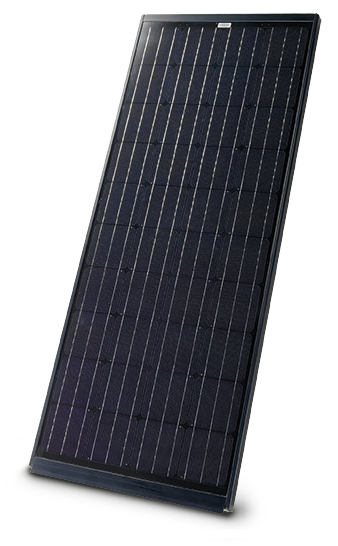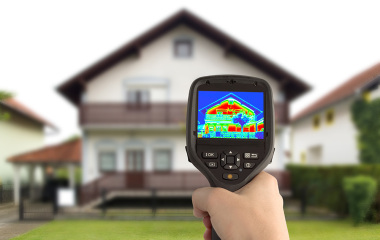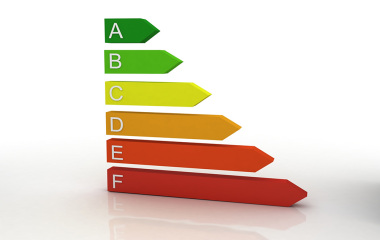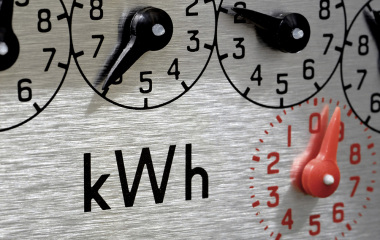Conventional solar panels, contrary to what is commonly thought, suffer at high temperatures and their performance is reduced proportionally by a factor called Thermal Coefficient, for each degree of temperature starting from 25 degrees. Therefore the ideal conditions for maximizing the production of a photovoltaic panel are high irradiation but with low temperatures.
A photovoltaic module that works at 80°C (temperatures reached on a roof in the summer), has about a 25% power loss.
Hence the idea of the Dual Energy modules, which are able to maximize the production of energy by optimizing the interaction between photovoltaic and thermal technologies.
On the one hand, the modules are cooled by the flow of liquid inside the back sheet of the panels, allowing them to optimize power production without major losses due to the thermal coefficient and the hot water produced is used for the production of DHW (Domestic Hot Water) or as support for heating environments.
It ‘easy to comprehend that in this way all the solar energy on the panel is exploited as much as possible and in the most efficient way to ensure maximum home comfort.
Moreover, the Stone quartz composite sheet, used as a back-sheet is an architectural element of considerable value. As a result, the Luxferov Dual Energy module is able to perform various functions with just a single installation and it’s aesthetically identical to a traditional photovoltaic system: electrical power production, ACS and/or heating, covering support element and waterproof.
Example of economic quantification in one year
As a reference let’s use a family of 4 living in a 150sq m single home in a climatic zone D (i.e. Rome), equipped with gas boiler and let’s compare the costs between the traditional consumption and those of a user with a Luxferov system:
TRADITIONAL ENERGY CONSUMPTION 150 m² HOME
annual energy cost
LUXFEROV SYSTEM 150 m² HOME
annual savings
at a cost of € 0,23 per kWh = € 828
Heating and hot water. at a cost of € 0,10 per kWh = € 1.400
Assuming a self-consumption of 35% we get:
- 1,553 kWh of electrical energy self-produced and consumed for a savings value equal to € 0.23 x 1,553 kWh = € 357
- Met Metering 2,047 kWh x € 0.15 = € 307
- 837 kWh of electricity self-produced but not consumed and fed into the network with an income of € 0.08 x 837 kWh = € 67
Total electricity savings € 731
for a savings of 290.5 cubic meters of natural gas per year equivalent to about € 270
Self-Consumption: energy produced and instantly consumed in the home.
Net Metering: the balance between the energy fed into the network and the energy drawn from the network in a year.
* The savings and the figures used in the above example refer to a typical family based on estimates according to the UNI-ENI 11300 regulation and are to be considered merely as an example. They do not constitute a contractual obligation on the company’s part.






